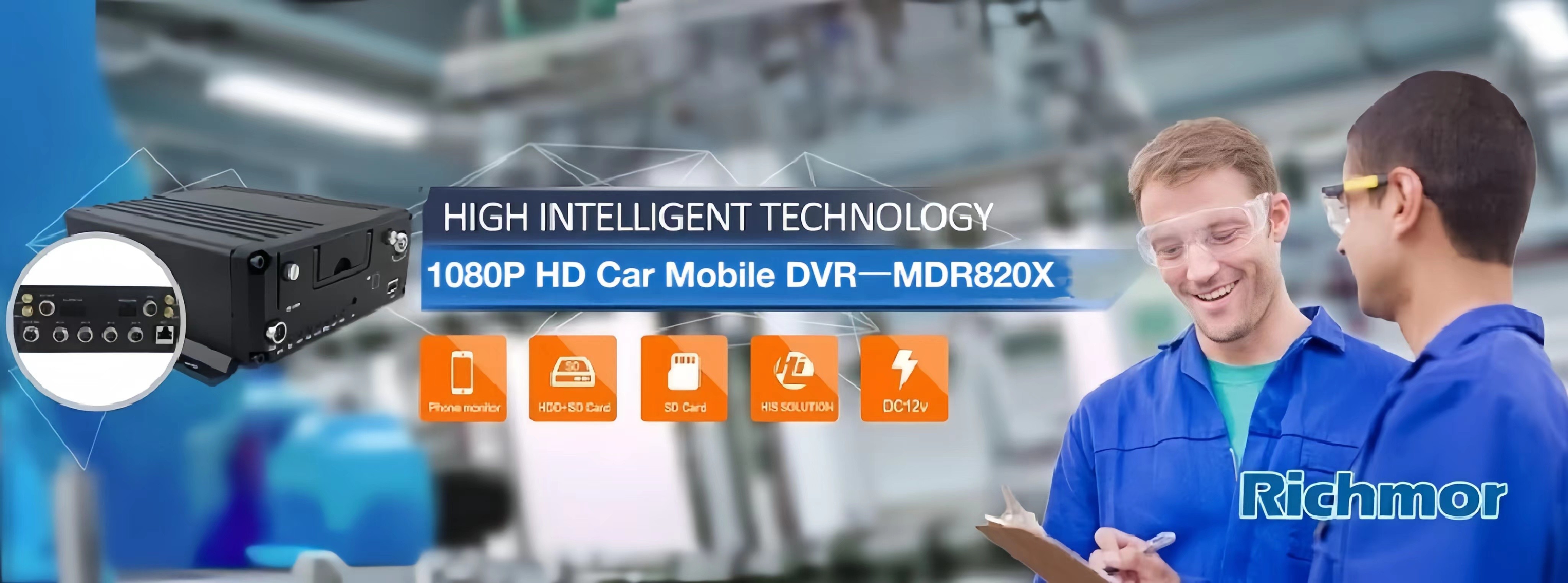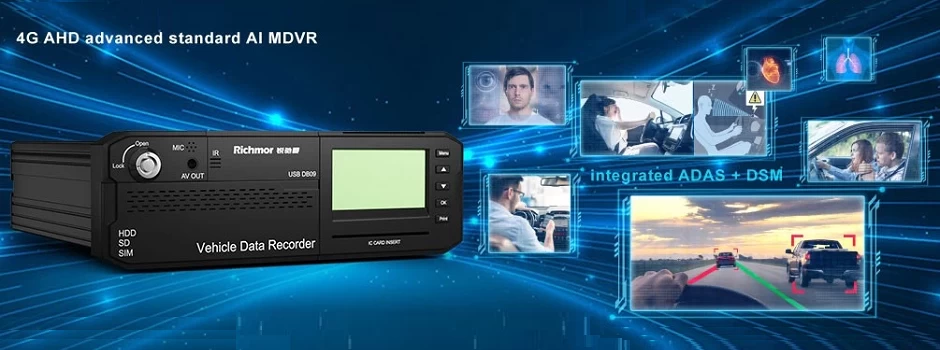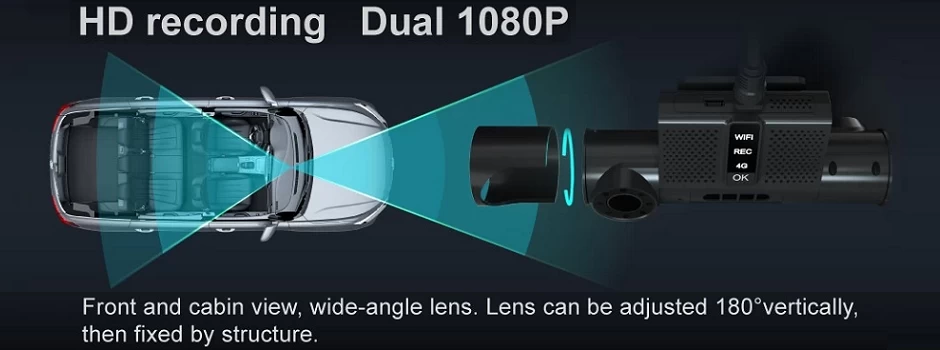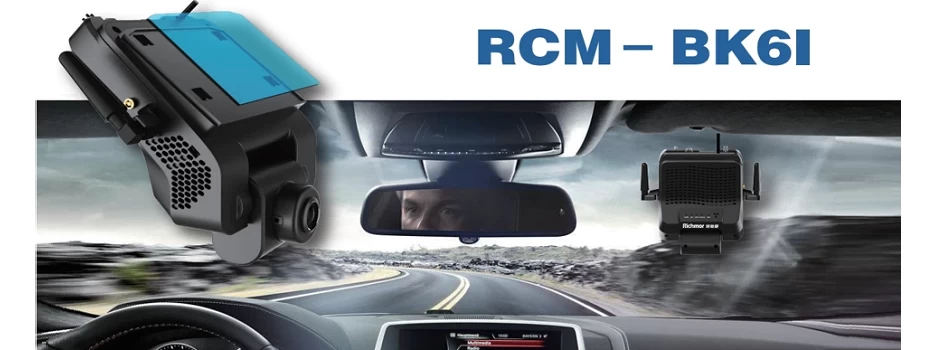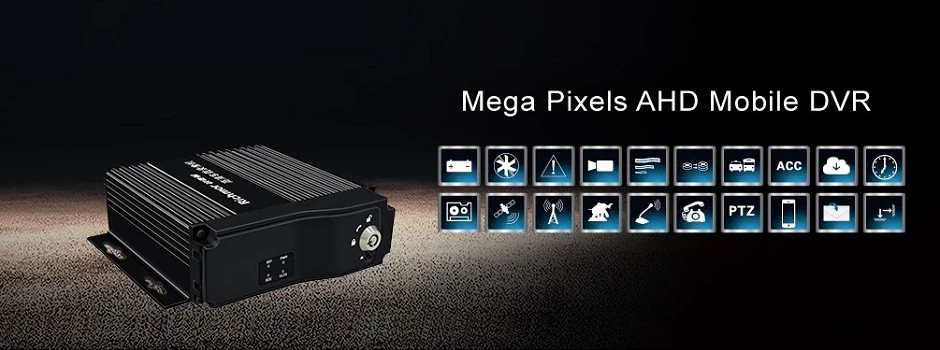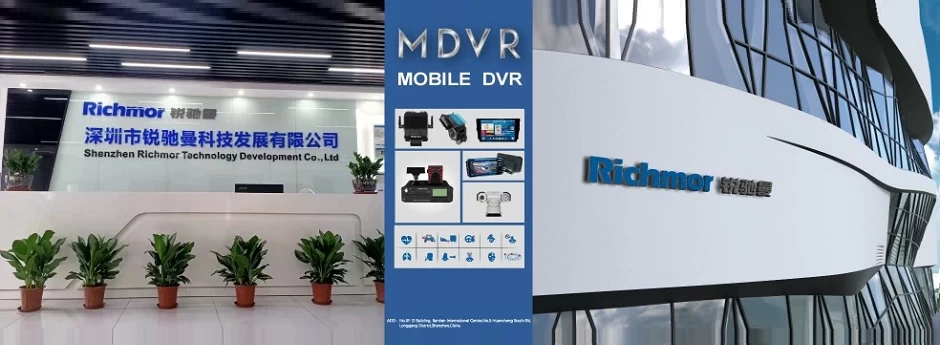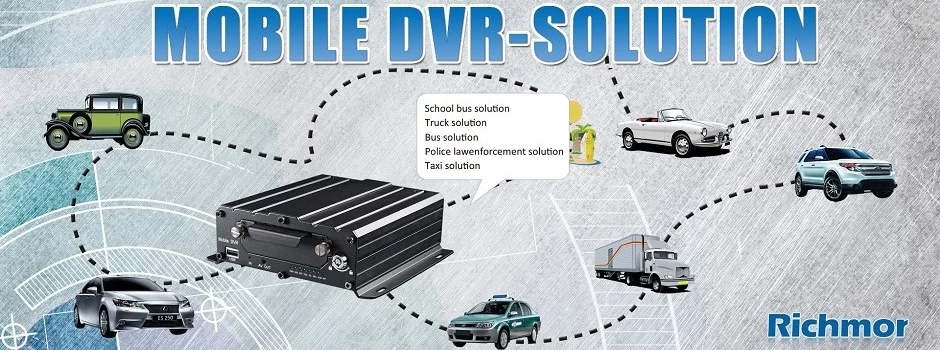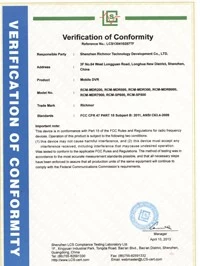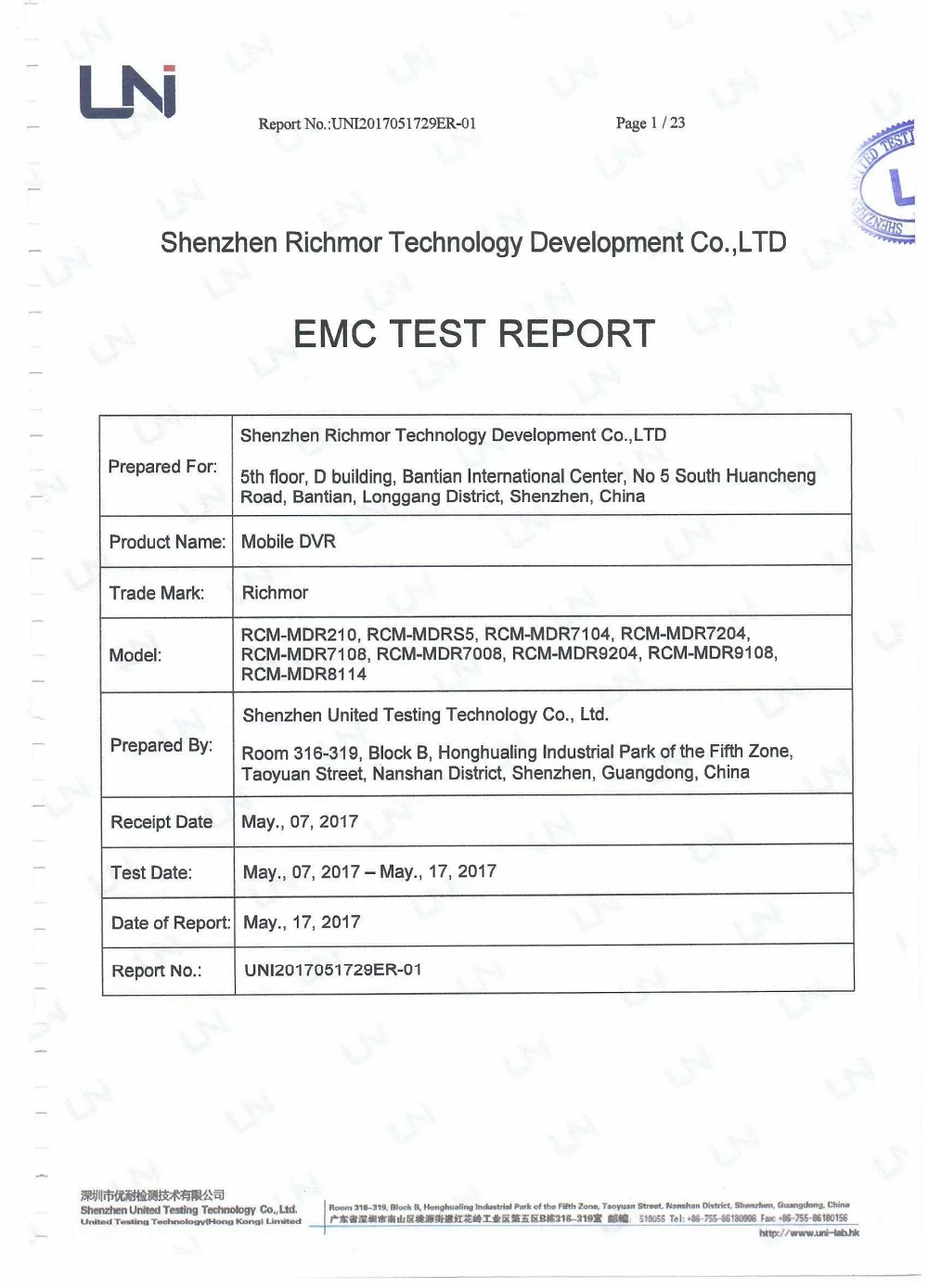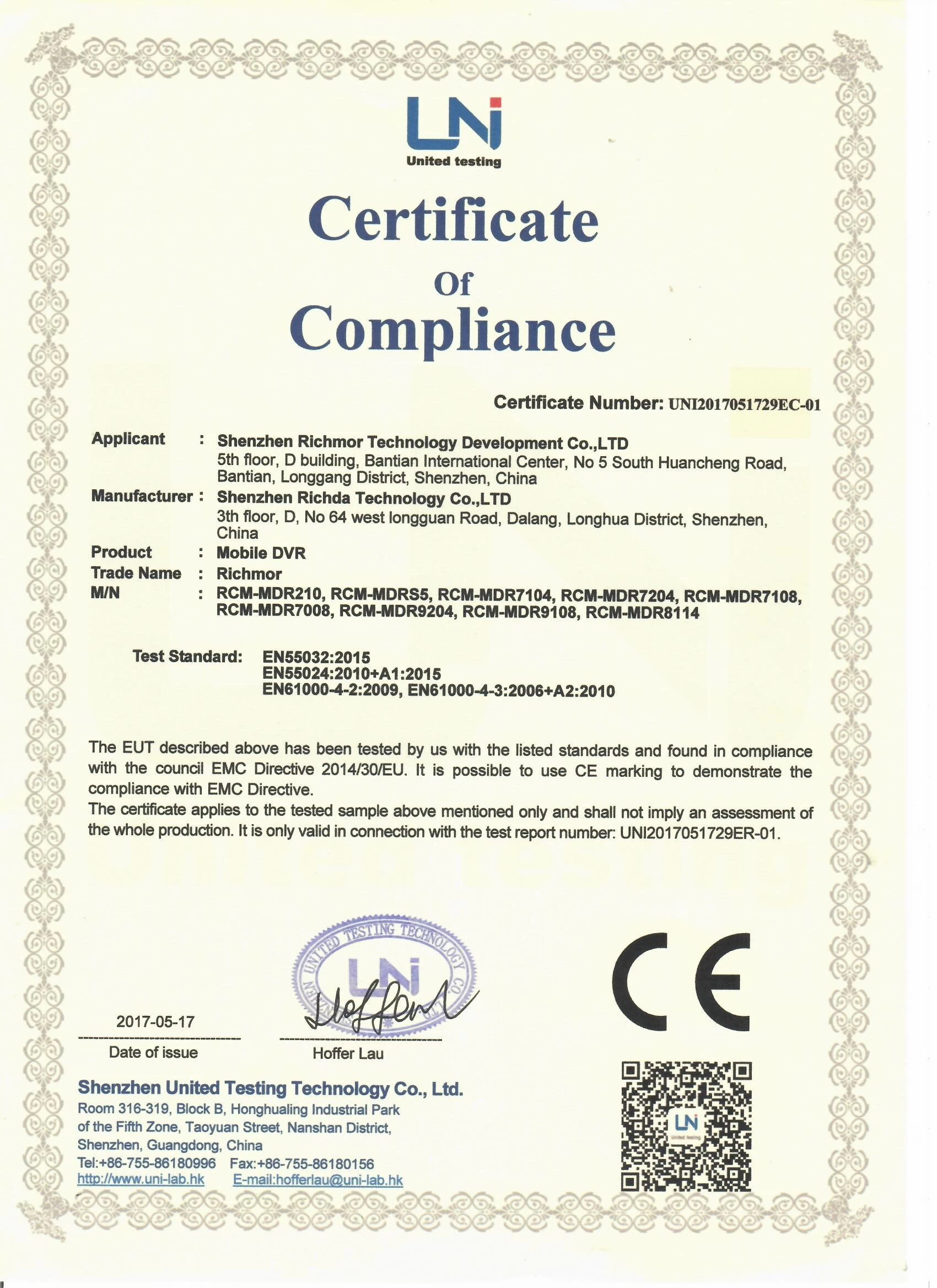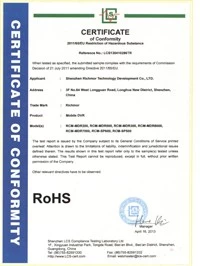Kindergarten online video school bus monitoring integration solution
richmor
richmor.net
2018-06-28 17:56:21
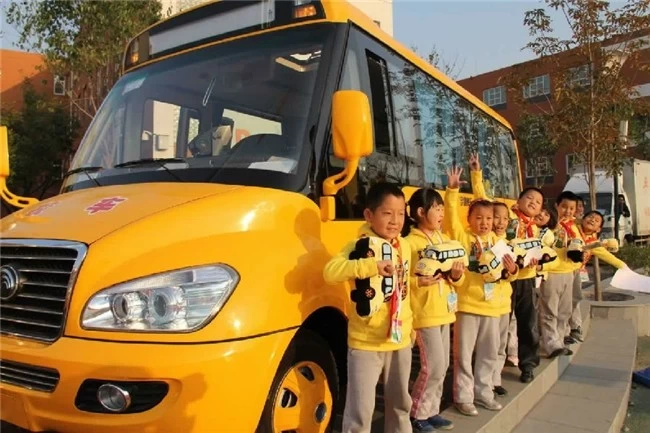
The rhythm of modern people's life is getting faster and faster, and many parents give their children to kindergartens to take care of them. However, due to the young age of the children, they cannot see the whole day and other reasons. Parents will inevitably have concerns and worry about whether their children have been properly cared for in kindergarten. In addition, parents do not stay with their children for a long time, and miss many chances to see their children's cute actions with their own eyes.
Is there a good way to get rid of parents’ worries? The network video transmission and management system satisfactorily solved this problem.
The network video surveillance system consists of cameras, wired + wireless network video servers, and the system accesses the Internet. Through the Internet, parents can be free from geographical restrictions. As long as you use any computer on the Internet, even if you are on a business trip, you can instantly view the images of kindergartens, classrooms, places of activity, restaurants, lounges, etc. in order to have children Because of the details, it is no longer necessary to worry about the children’s daily life. For kindergarten administrators, the use of a remote monitoring system as an aid to teaching management can not only allow parents to give their children to the school with confidence, but also allows parents to see the management strength of the school.
More importantly, the system records the daily joy and laughter of children as they grow up. It also supports the recording of stored audio and video files into VCD/DVD discs, which can be played directly at home and has excellent collection value. It is the best birthday gift for children.
Kindergarten setting up an online video surveillance system can not only improve the management quality and efficiency of the school, but it is important for parents to be able to see their children's learning and living conditions in the kindergarten through the Internet, so that parents can be more assured that their children will be taken care of by the kindergarten. Build open kindergartens to enhance the image and competitiveness of kindergartens.
II. System Design Topology
three. System Design
This system design is a video surveillance system based on network architecture. It can use the existing LAN environment of kindergartens or use ADSL broadband directly to the equipment, which greatly reduces construction costs. Nursery school buses install wireless video servers and transmit front-end video in real time to the back-end. The monitoring center can easily realize remote video surveillance anytime and anywhere. Video data can be recorded at any time for easy retrieval and retrieval. The design of the system fully considers the scalability of the system. When the system is expanded, only the front-end equipment such as the camera is added, and the system can be expanded without affecting the normal operation of the system. Compared with traditional video surveillance has irreplaceable advantages.
The
The entire system is divided into front-end subsystems and monitoring centers in two parts:
1, front-end subsystem
The front-end video acquisition system consists of wired and wireless network video servers, cameras (heads, and decoders), and more. Among them, the wired network video server acts as a core device and is responsible for the video images captured by the cameras at each monitoring point, and after being compression-encoded, it is uploaded to the monitoring center through the network for remote video viewing. The installation of a wireless video server on the school bus to the children inside the school bus allows parents and schools to do a real-time monitoring. At the same time, according to the command issued by the monitoring center to control the classroom, restaurant, bedroom video switching, lens zoom, close-range / long-term, aperture adjustment and control PTZ up and down, left and right and automatic patrols and other actions. The specific design is:
(1) The front end of the system uses wired network video server CRS4000LA and wireless video server CRS1020C.
(2) In classrooms, restaurants, and dormitory rooms in kindergartens, cameras with pan/tilt heads are installed. Parents and school administrators can use the video surveillance software to control the pan/tilt to perform all-weather monitoring of children during school hours.
(3) Wireless car video server, "car camera + wireless CDMA/EDGE network video server" is set up on the kindergarten school bus, and the car video is transmitted to the monitoring center in real time through the CDMA/EDGE channel. The system power supply adopts on-board battery power, cigarette lighter power supply, spare lithium battery power supply and other methods to ensure the stable operation of on-board mobile video surveillance systems. Using the wireless channel to transmit images, the image quality reaches 8-12 frames per second, and the children in the school bus are known in time. The images are transmitted to the monitoring center and recorded.
(4) The video server of the kindergarten campus is within 100m from the switch's single network cable. According to the layout of the kindergarten's network cable, the video server can access the Internet.
(5) The video server and the lens are connected by a shielded coaxial cable, and the length is within 300M. The video server controls the PTZ decoder through the RS485 serial port. The control line is recommended to use a shielded double-core cable with an effective length of less than 1200M.
2, monitoring center
In the monitoring center room, three servers are configured as the center server, storage server, and monitoring host, respectively, to implement video management, storage, video browsing, and control of front-end cameras.
(1) The "server management platform software" and "SQL2000" software are installed on the central server and are responsible for the management of the entire system;
(2) The storage server installs the "storage server" software and is responsible for recording video data at each monitoring point. The required hard disk space size is determined by the number of video recordings, the length of recording time, the video storage period, the image quality, the frame rate, and the complexity of the screen.
(3) The monitoring host installs "monitor" software to achieve video browsing and camera pose adjustments for each monitoring point. And according to the number of video screens before grouping and jumping.

